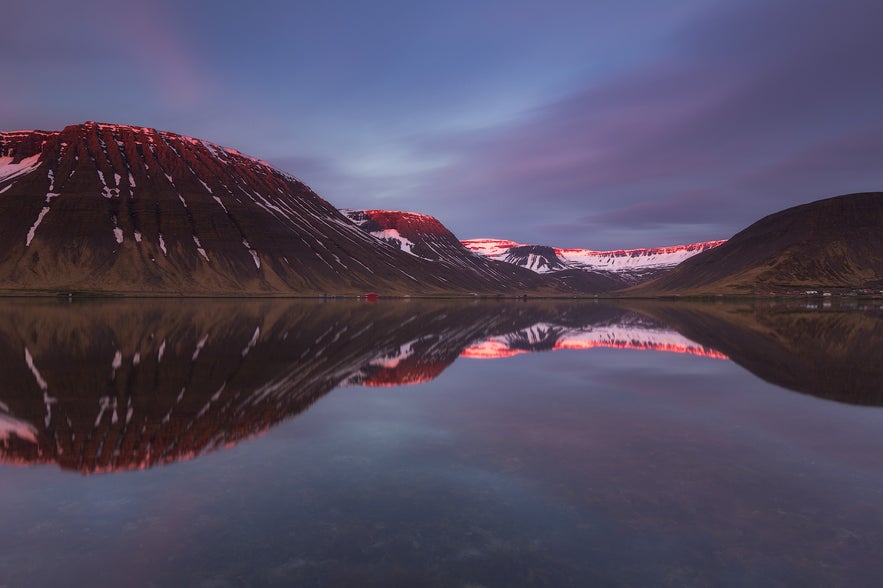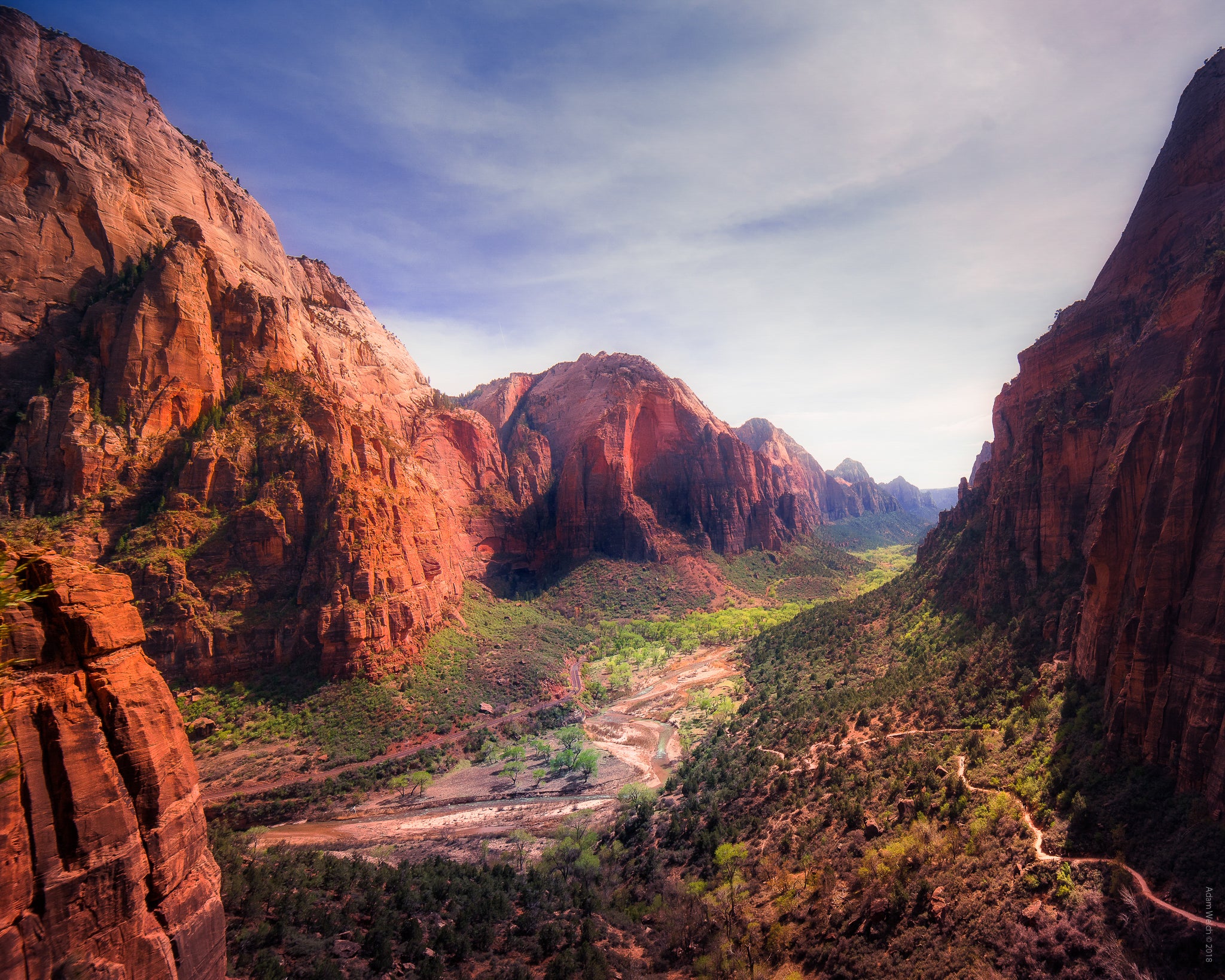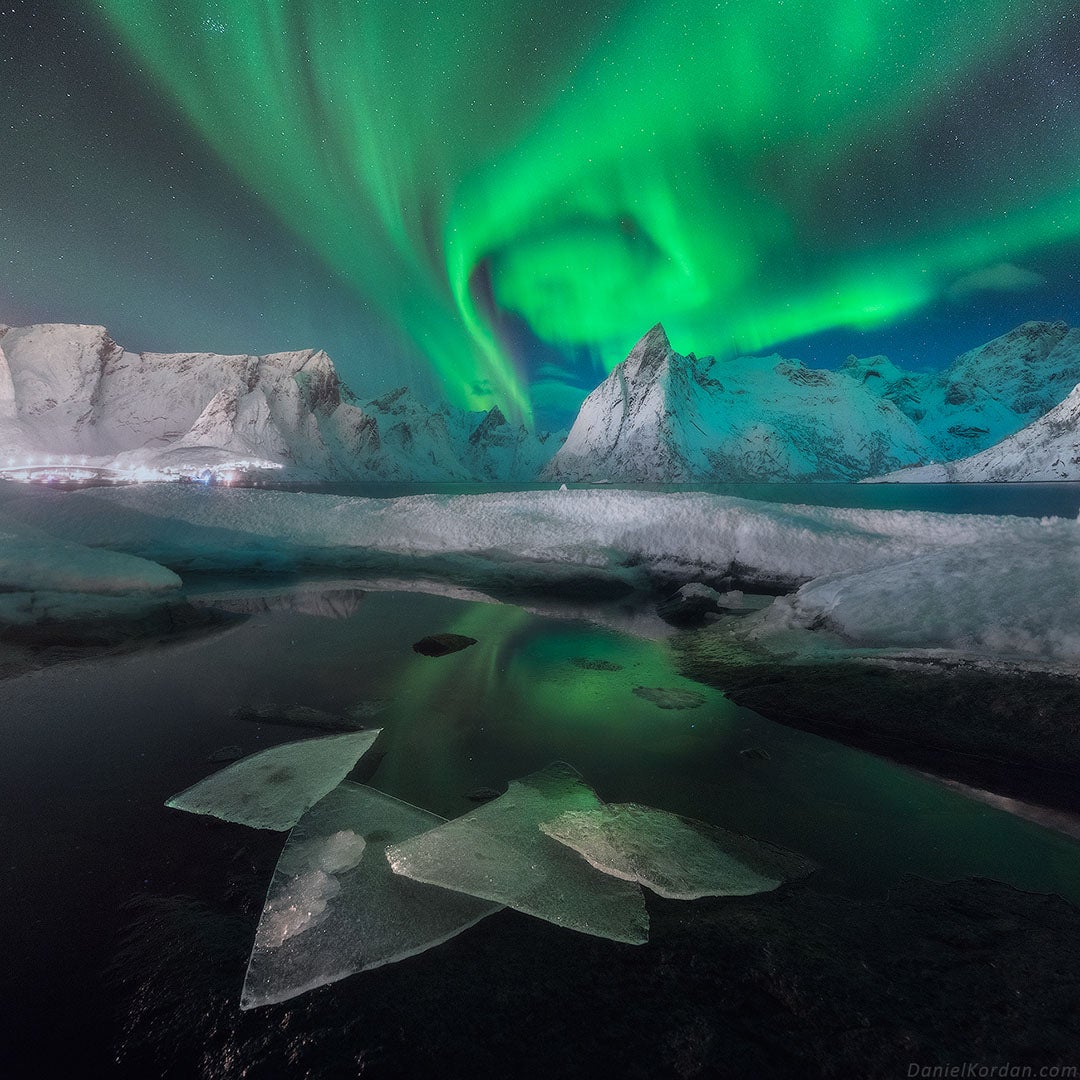
Where does a photographer start in the wild and wonderful Westfjords of Iceland? The magic of this ancient part of Iceland is steeped heavily in its dramatic, sprawling environment and beautiful scenery, just waiting to be discovered.
- Check out the Ultimate Guide to Composition in Photography
- Learn all about How to Take Great Photos in Bad Lighting Conditions
Spread across the north-western corner of the country, this area is home to some of the world’s most pristine and unspoilt natural landscapes, teeming with an abundance of wildlife as well as spectacular views of islands and steep mountains. The beauty of it is that you won’t see many regular tourists in this region, as the ring road bypasses the Westfjords altogether.
With so many photographic opportunities, this is truly an amazing area for landscape photographers to explore! So when is the best time to visit the Westfjords, what is the weather like and what can you even photograph once you're there? In this guide, we'll answer all of these questions and as a bonus, we'll reveal to you our top 5 best spots for photography in the Westfjords of Iceland.
When is the Best Time to Visit?
Summer in the Westfjords
 You can photograph puffins in the Westfjords! Photo by: 'Iurie Belegurschi'.
You can photograph puffins in the Westfjords! Photo by: 'Iurie Belegurschi'.
The best time to visit the Westfjords is during the Midnight Sun season in summer, when Iceland is bathed in almost 24 hours of daylight. From about mid-June to the start of August is a good timeframe to consider when planning your photography trip to Iceland.
During this time of year, you can hike through the landscape of the Westfjords and experience the freedom of being at one with nature. From picturesque remote villages seemingly cut off from the rest of society, locked in a constant battle with the elements, to rugged coastlines, all of it will be awash with the glow of the Midnight Sun.
Not only that, but during summer, seabirds such as puffins will return to the cliffs to nest, while cute and fluffy Arctic foxes come out to play.
Westfjords in Autumn

Autumn is still a good time to visit the Westfjords for photography, particularly during the later part of August and early September. The nights will be darker during these months, meaning that you may even have the chance to witness the Northern Lights in the Westfjords! The days will also be shorter, so you'll have some time to rest between sunset and sunrise shoots.
The only downside is that most of the puffins will have left the Westfjords by September, so you probably won't get the opportunity to photograph them.
Winter in the Westfjords
During winter, many of the mountain passes and roads in the Westfjords may close in lieu of ice and snow, so it's not a very good season in which to visit for photography.
Weather in the Westfjords of Iceland
 Icelandic horses beneath the Midnight Sun. Photo by: 'Iurie Belegurschi'.
Icelandic horses beneath the Midnight Sun. Photo by: 'Iurie Belegurschi'.
The weather in Iceland can change rather quickly during any season of the year. One moment, there may be sunshine and blue skies, though it can be followed very soon by dark clouds, extreme winds, rain and snow.
When preparing for your trip to the Westfjords, make sure to have clothing to suit all weather conditions. It's a good idea to wear a warm, windproof and water-resistant outer layer, as well as to bring along some sort of protection for your camera, such as a rain sleeve or a waterproof bag. Take a look at our Camera Gear Recommendations for Photography in Iceland so that you'll know what to pack before you set off on your trip.
Now that we've gotten the practical stuff out of the way, scroll down to see our top 5 locations for photography in the Westfjords of Iceland and what you can expect to photograph there!
Top 5 Stunning Photography Locations in the Westfjords
1. Látrabjarg & Rauðisandur
 Puffins nest on the cliff of Látrabjarg. Photo by: 'Edwin Martinez'.
Puffins nest on the cliff of Látrabjarg. Photo by: 'Edwin Martinez'.
Látrabjarg is Europe’s largest bird cliff, spanning across 14 kilometres and standing at 441 metres high.
During the summer, it plays host to millions of sea birds returning to the island to nest. Here, you will have the chance to get up close and personal with a huge colony of puffins, guillemots, northern gannets and razorbills.
There are many ways to frame these birds – in flight or even in groups and even nesting amongst the wildflowers. Follow the trail along the edge, where you’ll be able to get within very close proximity of them, without the need for a telephoto lens!
The beach right by the cliff itself is known as Rauðisandur, or the ‘Red Sand Beach’. It is famed for its endless stretches of pale red, almost pinkish sand, caused by millions of pulverised scallop shells that have accumulated over the centuries. The magnificent hues of the sand change with the conditions, making for wonderfully different compositions. Depending on the daylight and weather when you visit, the sand can even appear yellow or black.
In addition to the glorious landscape, there are also many chances to photograph wildlife in this area, as seabirds circle in flight and seals lounge across the beach. On a clear day, you’ll even be able to photograph Snæfellsjökull glacier in the distance, with its snow-capped peaks.
2. Dynjandi Waterfall

Deep in the Westfjords, situated between winding roads and astonishing cliffs, stands the breathtakingly beautiful Dynjandi waterfall. Its thunderous power and splendour are enough to floor any landscape photographer.
In fact, this is one of the most photogenic waterfalls in all of Iceland, with seven cascades that combine to flow down a drop of almost 100 metres. Altogether, the effect is impressively spellbinding, resembling the many white lacy layers of a burlesque petticoat or even a wedding cake!
The most photographed part of the waterfall is the top tier, which is also the biggest and widest part, although there are also smaller waterfalls further down the river. It takes about 15 minutes to walk to this section of the waterfall from the parking lot, though when you are finally standing beneath the spray, you will find yourself simply enthralled by the waterfall’s sheer level of grandeur.
The entire waterfall takes around an hour or two to hike, though it is worth it to visit each of the seven tiers. It is possible to walk behind the third tier, Gongufoss, offering many chances for photographers to locate different compositions.
The base of the waterfall itself is also easily accessible, providing opportunities to shoot sweeping views towards the sea over lush valleys.
With such stateliness, it’s no wonder that Dynjandi waterfall is the jewel of the Westfjords and a photographer’s paradise. It is also a great place to stop for a picnic when you need a bit of a break from photography!
3. Kaldbakur Hike & Farmhouses

There is nothing more satisfying in the Westfjords than to get completely off the beaten track on a wonderful hike to photograph the abandoned farms dotted around the majestic Kaldbakur mountain. At 998 metres, it stands as the highest mountain in the Westfjords.
This is an area where you can really be at one with nature, appreciating its serenity. The old farmhouses and amazing natural backdrop make this a highly photogenic site, with a number of intriguing angles to be found!
These historical buildings have the ability to invoke a certain level of charm and interest in your compositions, fitting perfectly within the harsh yet beautiful Icelandic landscape. Try getting up close and down low to these farmhouses by using a wide-angle lens to frame them with grassy valleys, mossy hillsides and well-trodden sheep trails in the background. Alternatively, you might even be able to compose one with gorgeous wildflowers such as lupines in the foreground.

If you’re lucky enough to be around Kaldbakur on a clear day, then you might be able to catch a sunburst peeking out from behind a farmhouse, casting golden light upon everything in the foreground and making for a simply mystical scene! Be sure to clean your lens thoroughly so as to avoid sun flares and to increase the possibility of obtaining a clear and sharp shot.
4. Víðidalur Valley
The magnificent Víðidalur valley is a spectacular place where you’ll be able to witness the Víðidalsá river plunging forcefully into the deep and craggy Kolugljúfur gorge below. The resounding impact results in several beautiful waterfalls, collectively known as Kolufossar. The result of the falls combined is an overwhelmingly photogenic sight to behold, with the clear water contrasting perfectly against the ruggedness of the canyon. You’ll be able to practice many long exposures here until you get the effect that you want to achieve.
Kolufossar is particularly bewitching on a grey, stormy day, though just as resplendent under the radiant brilliance of the Midnight Sun. You can also get quite close to it, which makes it even more worthwhile to photograph. Try standing back to capture it in its all glory, or whip out your telephoto lens here to create some abstracts with the textures of the water. There are so many compositions to be found in such a small space – you might find that you’ll be tripping over yourself to capture them all, but be sure not to take a tumble and fall into the canyon below.
The waterfall itself is named in the honour of a giantess known as ‘Kola’ in Icelandic folklore, who was said to have dug out the gorge and to have made it her home. The Icelanders believed that she sat on a nearby ledge at night and would grab the salmon travelling up the Víðidalsá river by hand, before throwing them in a nearby hot spring to cook them!
- See also: A Life-Changing Experience In Iceland
5. Hornstrandir
At the northernmost point of the Westfjords lies a land that has inspired countless stories about trolls and monsters throughout the history of settlement in Iceland. The Hornstrandir Nature Reserve is a vast expanse of wilderness that enchants anyone who steps foot into it. Due to a lack of infrastructure and the fact that there are no permanent settlements within the area, very few tourists come to the area to explore. This makes it all the better for photography and opens up some fantastic opportunities for you to capture some unique scenery that very few people have ever seen.
The only sensible way to get there is by a ferry from Ísafjörður that operates from June till August and once there, you will have to be prepared to hike long distances without meeting anyone else along the way. Most of the shoreline is occupied by tall sea cliffs with fantastic views.
The most prominent landmark in the area is Hornbjarg, a sea cliff that towers atop of Hornstrandir. Other places in the area worth shooting include Hornvik, Látravík and Hælavíkurbjarg.
For those who enjoy wildlife, Hornstrandir is truly a special place and those who have visited once are always keen to return time and time again. It has become a sanctuary for arctic foxes and you can be sure to meet some while hiking through the lush green, flowering fields along the sea cliffs.
Hornstrandir is also a prominent bird-watching area, as many bird colonies settle around the area during the summer, meaning that you’ll have the chance to photograph arctic terns, gulls and the occasional white-tailed eagle.
How to Get from Reykjavík to Westfjords
To reach the remote region of the Westfjords in Iceland, you can take a domestic flight from Reykjavík or drive to the Snæfellsnes Peninsula and catch a ferry from Stykkishólmur to Brjánslækur. It can be exhausting to drive all the way from Reykjavík though and once you're in the Westfjords, quite a bit of it is made up of dirt roads with significant potholes. Keep in mind also that the Westfjords is a pretty big place, so you'll want to factor in some time to stop and shoot.
To get to the Westfjords with ease and still have time to concentrate on your photography, consider joining our Midnight Sun in the Westfjords Photography Workshop. You’ll receive in-depth tuition from our world-class photography guides as you explore the Land of the Midnight Sun, get off the beaten track in the Westfjords and discover insider tips and techniques on a wide range of topics within landscape photography.
What’s more, you’ll be able to put these skills straight into practice in-field, get feedback and advice from our experts, as well as pick their brains about post-processing techniques so that you can create awe-inspiring photos of the wonderful Icelandic landscape for yourself.
Plus, you’ll receive access to a free collection of post-processing video tutorials from our award-winning photographers, worth over $1,500.
About the author: Serena Dzenis is a landscape photographer based in Iceland. You can find more of her work on her website or by following her on Facebook and Instagram.
Start improving your landscape photography today... join us on a summer photography adventure in the Westfjords that you’ll never forget!












